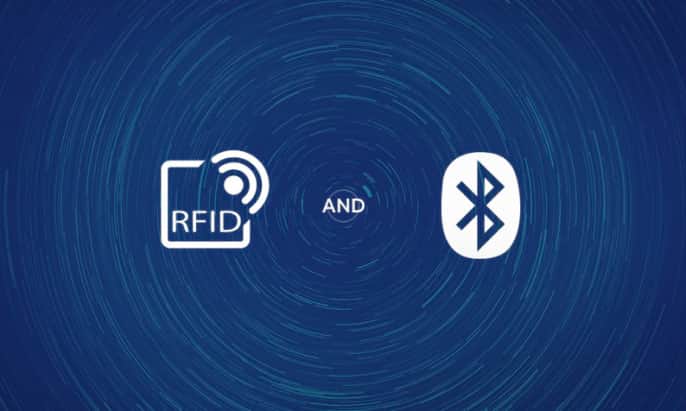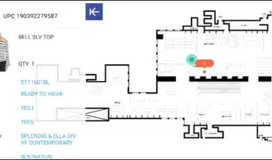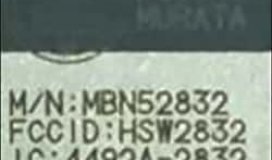Enterprise location services company CenTrak has begun manufacturing Bluetooth Low Energy (BLE) beacons and embedding them into its sensor devices to provide its customers with wayfinding functionality that CenTrak supervises to monitor battery life and system status. The inclusion of BLE beacons into its devices, the company says, enables health-care facilities to provide wayfinding apps for visitors, while CenTrak will manage the beacons' status, battery life and functionality for the hospitals. The company also intends to offer its BLE beacons as standalone products for companies beyond the health-care market.
The BLE inclusion is part of the company's strategy to provide flexible Internet of Things (IoT) solutions for the health-care market, says Wil Lukens, CenTrak's chief commercial officer. With BLE, users can employ their own mobile devices, such as smartphones, to communicate with the CenTrak devices and link to the company's Enterprise Location Services Infrastructure software.

CenTrak already offers location solutions using Wi-Fi, active UHF RFID and Second Generation Infrared (Gen2IR). It enables not only the real-time location of employees, patients and assets, but also hand hygiene compliance solutions and the tracking of electronic health records, using a variety of technologies to provide location awareness. For instance, battery-powered 900 MHz RFID tags on products or wristbands can receive Gen2IR signals from transmitters to determine the room-level location, then transit their ID numbers and location information to RFID readers, which forward that data to the back-end system.
In recent years, a growing number of CenTrak's hospital customers have been either deploying BLE-based systems or planning such technology deployments, in order to help visitors navigate their large spaces. Often, people who visit hospitals are first-time guests, and finding their way around a busy facility is often challenging. That challenge is compounded if the hospital is large, as is the case for many of CenTrak's customers—some cover millions of square feet.
For that reason, the company reports, BLE has been a popular technology to provide an app-based solution. Users can download a hospital's app and then view their own location, based on beacon data captured from units installed around the facility, on a map of the hospital. They can then input their destination and be guided to a particular department or office.
Centrak's RTLS technology provides real-time clinical-grade location data for patients, staff members, equipment and visitors, Lukens explains, by pinpointing a tag worn by a person, or attached to an asset, with what he says is 100 percent certainty. BLE provides a way for users to gain much less granular data regarding their own location, using technology they already have on hand—their mobile phone or tablet.

Many larger hospitals are already using the Centrak solution for real-time location and have installed a separate BLE beacon network. However, Lukens says, that means higher installation costs, and the beacons come with some challenges. Because they rely on batteries to operate, and because they can be removed or damaged, it can be difficult to ensure that they are all in full operating condition without dispatching workers to physically check the beacons.
CenTrak has developed its own beacon to be ubiquitous in all of its Gen2IR emitting devices, as well as in a standalone unit. The beacon is designed to require low energy, Lukens says. "Also, we're powering it with a very powerful battery," he states, which comes with a five-year guarantee. When the beacon is built into the devices, its power is monitored by CenTrak's Enterprise Location Services Infrastructure software. If a problem occurs with a beacon, the software can alert a user to this issue.
For hospitals, Lukens says, "Primarily, the interest is in wayfinding"—emulating the "blue dot" experience, in which users can view their own movements on their phone screen while passing through a facility. But companies could use the technology for other purposes as well, such as locating the devices themselves. For instance, he explains, if a hospital were distributing smartphones or tablets among staff members, it could utilize BLE technology built into its existing system, or as a standalone solution, to locate those items and ensure that they do not leave the facility or become misplaced.



